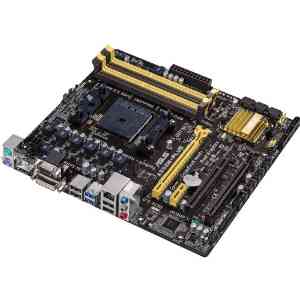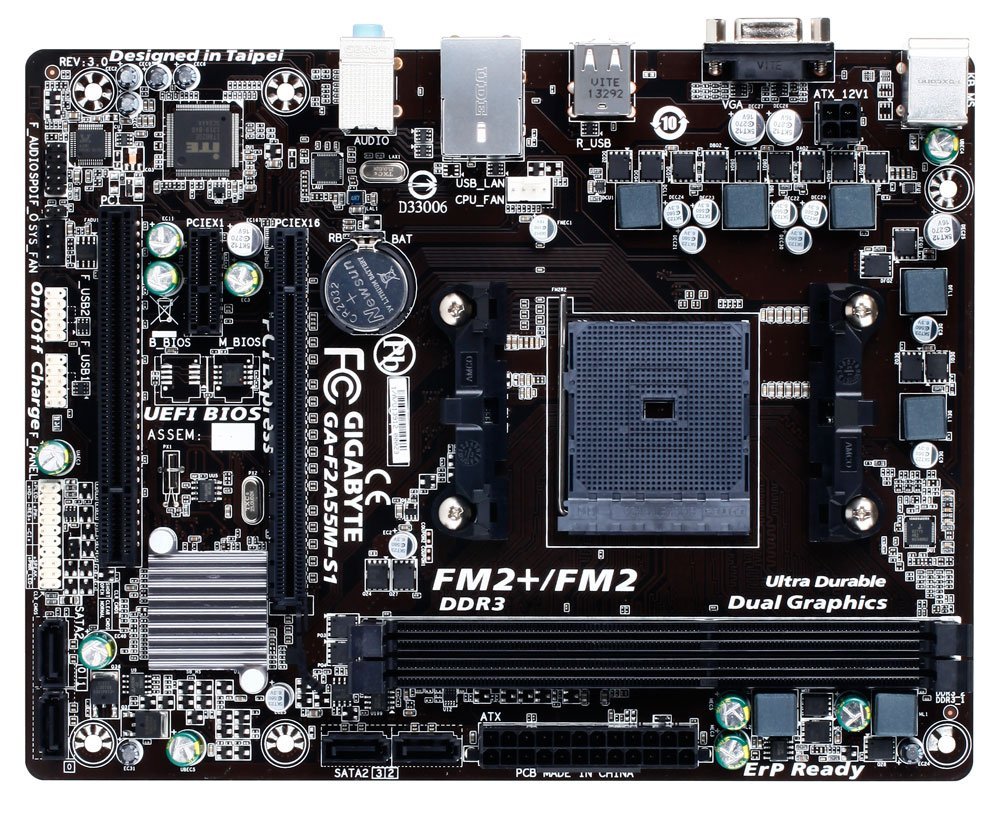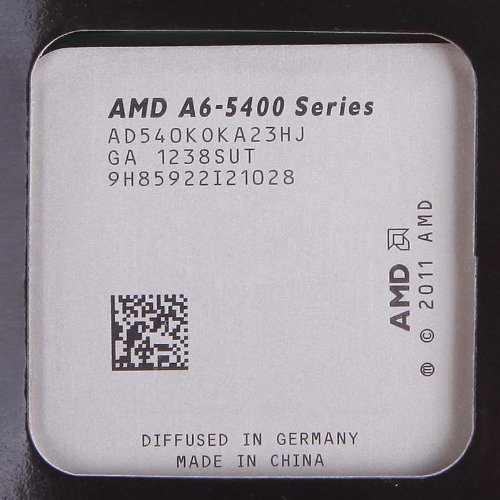AMD Athlon 5350 And AM1 Platform Review: Kabini In A Socket
AMD is repackaging the mobile-focused Kabini APU for use on the desktop, and tucking them under the familiar Athlon and Sempron brands. We take a closer look at the company's socketed AM1 platform and compare its performance to Intel's Bay Trail-D.
AMD's AM1 Platform Is A Winner, But Who Is Playing The Game?
When I was asked to write about AMD's new AM1 platform, I wanted to do more than just collect benchmark numbers. I wanted to get a real-world sense of Kabini's capabilities beyond the mobile environments it was originally designed to serve. I surfed the Web, did my social networking, worked on documents, played YouTube videos, and tried to use the hardware as I would my own workstation. To my surprise, I didn't notice any difference between the Athlon 5350, Celeron J1900, or my own Core i7 in those common tasks.
Start hitting the low-end processors hard with a taxing workload, though, and the true desktop-oriented hardware pulls right away. Sure, AMD's Athlon might be a little snappier than the Celeron (an observation backed up by my data), but by a much smaller margin. In a game like Dota 2 or Grid 2, the Athlon can manage smooth frame rates at low details, while the Celeron is wholly incapable of usable performance. Get ambition and fire up Battlefield 4, though, and both low-power platforms choke.
Having said that, after using the hardware, I can comfortably say that the AM1 platform paired with an Athlon 5350 can deliver a satisfying experience in common computing and entertainment tasks. I can also say that, given a choice between Intel and AMD in this particular segment, the AM1 platform clearly wins. Intel is a bit more miserly with power, but a sub-20 W difference is largely irrelevant in the desktop space. So, congratulations AMD.
But I run into a problem when I try to imagine recommending an AM1 platform over, for instance, AMD's FM2+. Sure, a Sempron 2650 and motherboard might only cost about $60 together. But an A4-4000 and entry-level Socket FM2+-equipped motherboard combo starts in the $90 range. If you simply consider your options down the road, that extra $30 opens much larger world of options that AM1 cannot match. And frankly, the 3.2 GHz A4-4000 should clean house in a majority of our tests compared to the Athlon 5350, which is $10 more expensive than the A4.
Admittedly, AMD isn't targeting the traditional desktop computing segment with AM1. It's going after a new pseudo-desktop arena referred to as "PC-like devices". This is the battleground where Android-equipped set-top boxes and media players are taking pieces of the traditional desktop machine's pie. Perhaps AM1 will help builders offer a low-cost alternative to the more powerful desktops, and claw back some market share.
A PC is so much more than just a CPU and motherboard, though. The rest of the components, such as memory, hard disks, and an operating system, already make up much of a budget machine's price tag. So I'm skeptical of this platform's ability to reclaim ground for the PC.
From an enthusiast's perspective, it's hard to imagine an environment where AMD's new AM1 platform is ideal, except in cases where very low-power and diminutive enclosures are desirable. Otherwise, this could be the foundation for a cheap computer a more mainstream user with simpler needs uses to check email and browse the Web. In ultra-low-cost developing markets, it probably also makes a lot of sense. But if you have higher aspirations for an upgradable platform, look elsewhere: Socket FM2+ is a vastly superior vehicle from a performance perspective, and scales many orders of magnitude higher than AM1.
Get Tom's Hardware's best news and in-depth reviews, straight to your inbox.
Current page: AMD's AM1 Platform Is A Winner, But Who Is Playing The Game?
Prev Page Power And TemperatureDon Woligroski was a former senior hardware editor for Tom's Hardware. He has covered a wide range of PC hardware topics, including CPUs, GPUs, system building, and emerging technologies.
-
AMD Radeon i hope mini office pc box can be a new trendReply
AM1 can be a potential winner in this market -
Maxx_Power To Toms:Reply
What was the ambient temperature during the testing ? Surely Toms is not testing in an refrigerator ? That idle GPU and CPU temperature at 13 degrees Celsius seems about 10 degrees too low, given that they have to be necessarily above ambient conditions to make physical sense. Perhaps the sensors are not read correctly (wrong offset) ?
For the Dota2 graphs, there seems to be a mistake for the color legend. The difference in color isn't resolution, since the resolution is fixed (right hand top corner of graph at 1080), so my guess is that red/black represents min/avg FPS similar to the 2nd graph on Grid2.
-
nezzymighty Thanks for the article. I agree with your conclusion, as I would probably seek an alternative build for a a "PC-Like Device" as you put it. Seeing AM1 product costs relatively the same to an A4-4000 FM2+ confuses me, as I had originally expected (hoped) AM1 high-end combinations with a motherboard to cost around the $70 mark... If I were to make an AMD HTPC, or a typical AMD business computer, based on prices released by the e-tailers today, it would make more sense for me to build an FM2+ with A4-4000. Maybe prices will reduce in time to make this a more attractive alternative relative to an FM2+ for an HTPC or business computer.Reply -
ykki "Based on our results, I'd guess that AMD's AM1 platform should be able to handle less-demanding MMOs like World of Warcraft, lightweight shooters like Left 4 Dead, and a wide range of even more casual games (such as Angry Birds)."Reply
I think that it is safe to say that it can max out angry birds at 4k :) -
cleeve Reply13061890 said:To Toms:
What was the ambient temperature during the testing ? Surely Toms is not testing in an refrigerator ? That idle GPU and CPU temperature at 13 degrees Celsius seems about 10 degrees too low, given that they have to be necessarily above ambient conditions to make physical sense. Perhaps the sensors are not read correctly (wrong offset) ?
On-die sensors are notoriously inaccurate at low temperatures. In this case that's obvious, but we can only report what the sensors tell us.
13061890 said:For the Dota2 graphs, there seems to be a mistake for the color legend. The difference in color isn't resolution, since the resolution is fixed (right hand top corner of graph at 1080), so my guess is that red/black represents min/avg FPS similar to the 2nd graph on Grid2.
Good catch! Fixed. :)




